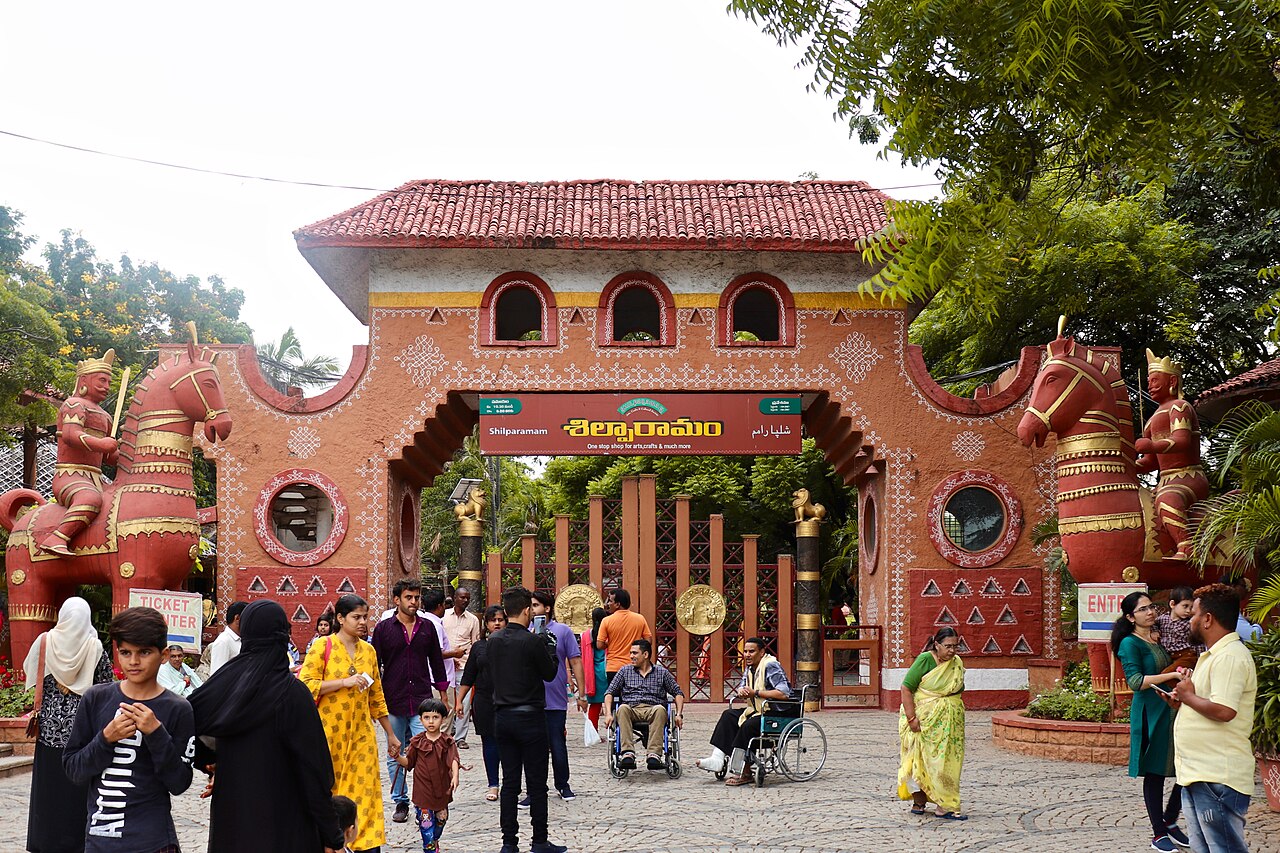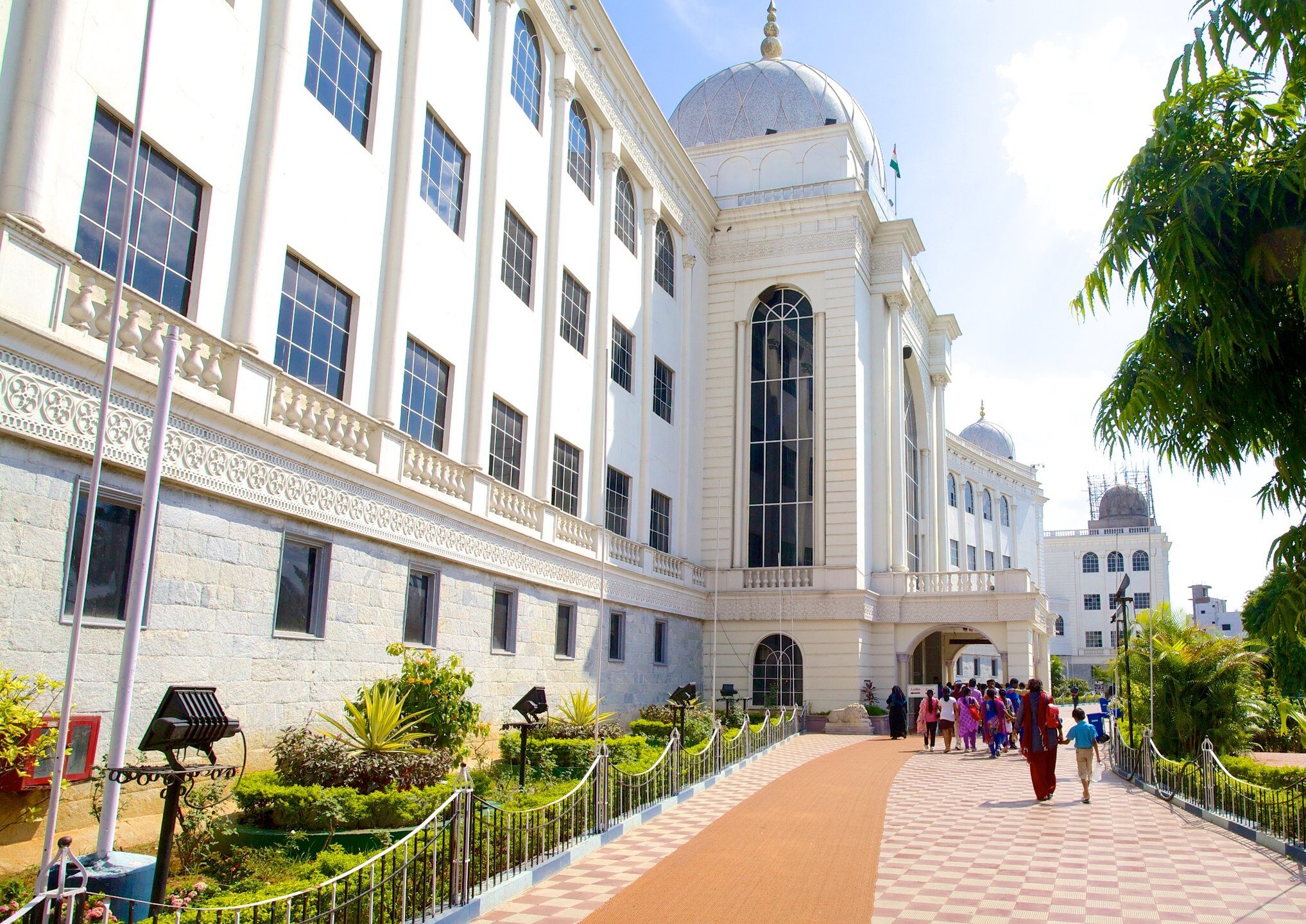Hyderabad Day Tours
History Of Hyderabad, the capital of Telangana, has a rich and diverse history that spans over 400 years, marked by the rise and fall of dynasties, the flourishing of trade, and the blending of cultures. The city was founded in 1591 by Muhammad Quli Qutb Shah, the fifth ruler of the Qutb Shahi dynasty, who named it after the legendary figure of Hyder Ali. Initially a small settlement, the city soon became a major center for trade, culture, and politics, owing to its strategic location on the banks of the Musi River.
The Qutb Shahi dynasty, which ruled from 1518 to 1687, saw Hyderabad grow in prominence, especially with the construction of iconic structures such as the Charminar and the Golconda Fort. The Qutb Shahis were known for their architectural innovations, promoting Persian, Deccan, and Indo-Islamic styles. However, in 1687, the Mughal emperor Aurangzeb conquered Hyderabad, and it became part of the Mughal Empire.
In the 18th century, the city came under the control of the Nizams of Hyderabad, starting with Mir Qamar-ud-Din who declared independence from the Mughal Empire. The Nizams ruled until the mid-20th century and are credited with making Hyderabad one of the richest princely states in India. Under their rule, the city saw significant development in infrastructure, including the creation of the Hussain Sagar Lake and the Chowmohalla Palace.
In 1948, Hyderabad became a part of the Indian Union after India’s independence. Despite facing challenges during its integration, the city emerged as a hub for culture, education, and technology. Today, Hyderabad is known for its unique blend of historical legacy, culture, and modernity, making it one of the most vibrant cities in India.







